Navigating the complexities of the real estate market, especially when considering the pivotal decision between building or buying a home, can be daunting for those living in Metro Detroit or contemplating moving to Metro Detroit. With the landscape of home ownership undergoing significant changes in recent years, understanding the nuances of construction costs, labor shortages, and fluctuating loan rates is crucial. This article dives deep into the merits and challenges of creating your dream home versus purchasing an existing property, offering invaluable perspective and insights for potential homeowners in the Metro Detroit area. Whether you're drawn to the customization of building a new home or the convenience and history of buying, we'll guide you through the factors that shape this important decision, ensuring you're well-equipped to make a choice that aligns with your lifestyle and investment goals in the vibrant and diverse Metro Detroit real estate market.
For those already in the process of building their dream home, see our 30-point New construction Final Walkthrough Checklist Here

The Costs of Building a Home
In the ever-evolving landscape of real estate, understanding the dynamics of home building costs is crucial. Recent data from Redfin reveals a nuanced picture: as of September 2023, the median home sales price stood at $412,502, a notable decrease from the summer months, when prices were $25,000 to $30,000 higher. This apparent downturn in pricing, however, is not so much a reflection of falling home values but rather the result of a market populated by first-time buyers targeting lower-priced homes. Conversely, homeowners who secured mortgage rates below 4% are opting to stay put, leading to a scarcity of higher-priced homes on the market.
The National Association of Home Builders provides another piece of the puzzle, estimating the average cost to build a house at $329,000, exclusive of land costs. For those scouting for land, with prices averaging around $100,000, the total investment aligns closely with current median home prices. Yet, this comparison only scratches the surface of the build versus buy debate, inviting a deeper exploration into the variables that influence each option's viability.
Forbes highlights three critical factors that anyone considering building a home must take into account: lumber, labor, and loans. Each of these elements has experienced significant volatility, directly influencing the feasibility and cost of new construction projects.
Lumber
Lumber prices, in particular, have been on a rollercoaster ride in recent years, peaking at an unprecedented $1,686 per 1,000 board feet in May 2021, a figure that starkly contrasts with pre-pandemic levels. Fortunately, as supply chains normalized, prices have receded to around $500 per 1,000 board feet. This drastic fluctuation had profound implications for prospective home builders. At the height of the lumber price surge, framing and sheeting a standard 2,500 square foot home could cost upwards of $130,000, compared to the $40,000 it would cost today with lumber at its current price.
The financial impact on individuals committed to building during the peak of the pandemic was severe. Many builders include clauses in their contracts allowing for price adjustments based on material cost increases beyond a certain percentage, often leaving buyers to cover the unforeseen expenses. This led to a significant number of disputes, with some prospective homeowners facing additional charges of up to $80,000, resulting in lawsuits and forfeited deposits.
Today, with lumber prices having settled back to more manageable levels, the cost of new construction has largely stabilized, offering a glimmer of hope for those looking to build their dream home. Yet, the journey to cost normalization is ongoing, highlighting the importance of staying informed about market trends and potential financial implications.

Labor
The surge in home construction costs can also be significantly attributed to acute labor shortages, exacerbated by a confluence of factors. Firstly, the pandemic took a devastating toll on the workforce within the trades, with approximately 250,000 skilled workers tragically passing away. Additionally, the industry saw a mass exodus of around 500,000 seasoned trade professionals opting for early retirement during the pandemic, culminating in a 7% drop in the available labor pool for construction projects.
Compounding the issue, younger generations, namely Millennials and Gen Z, are increasingly eschewing careers in construction and skilled trades, favoring other professions at a higher rate than their Gen X and Baby Boomer predecessors. This shift further strained an already depleted workforce.
The situation reached a critical point when historically low-interest rates triggered a flurry of both large-scale projects and home renovations. The allure of cheap loans diverted even more labor away from home building to commercial projects and remodels, as individuals sought to enhance their living spaces for a newly adopted work-from-home lifestyle. This perfect storm not only escalated construction costs but also led to prolonged project timelines.
To put the impact into perspective, consider and average case of a homeowner contemplating an addition to their home. In 2018, it would have been reasonable (size dependent) to estimate the cost at $65,000 with a completion timeline of three months. Fast forward to 2021, and the quote for the same project could easily have skyrocketed to $122,000, with the timeline extending to nine months or more. This stark comparison underscores the dramatic escalation in construction costs and timelines, painting a vivid picture of the challenges facing prospective home builders today.

Construction Loans
Navigating the complexities of construction loans has become an increasingly pivotal aspect of the home-building journey, with recent shifts in the financial landscape turning what was once a calculated risk into a costly endeavor for many. Traditionally, the most favored option among these loans allowed borrowers to transition their construction loan into a standard mortgage upon completion, locking in the prevailing interest rate at that time. This option can appear particularly appealing due to its slightly lower rates, often just 1/8th of a point less than alternatives, tempting many with the prospect of saving on interest costs during the building process. However if rates fluctuate during that period, as when rates spiked in 2022 at a pace not seen in four decades, homeowners could quickly find themselves paying hundreds, if not thousands more each month for their mortgage payment - costing tens of thousands over the lifetime of a loan.
As of now, with interest rates stabilizing amidst easing inflation, the playing field has leveled somewhat. Whether opting for new construction or purchasing an existing home, borrowers face similar financing conditions, underscoring the importance of meticulous financial planning and consideration of all loan options in the current economic climate.


Strategic Investing in a High-Interest Era
In the realm of real estate investment, conventional wisdom often advises against the acquisition of properties during periods of elevated interest rates. However, experienced investors are still actively engaging in the purchase and financing of investment properties, leveraging a strategy rooted in the understanding that it's the renters, not the investors, who absorb the impact of high interest rates.
This approach is driven by a dual rationale. Initially, as interest rates rise, so does the overall cost of living, compelling landlords to increase rents to compensate for their heightened expenditures. This adjustment not only maintains the investment's viability but can also enhance its profitability, as the increased costs are transferred to the tenants. Moreover, as elevated interest rates render homeownership less accessible for a broader population, the demand for rental properties intensifies, thereby inflating rental prices. Although this adjustment may experience a delay, the market is destined to balance itself, yielding higher returns for landlords when it comes time to sell.
This strategic perspective is based on a long-term view of the financial landscape, anticipating fluctuations in interest rates. With a decrease in rates over time, the chance to refinance at a lower cost presents itself, potentially reducing monthly expenses and increasing the margin of profit. Additionally, a downward trend in interest rates is expected to stimulate the housing market, enhancing the value of properties. This forward-looking approach to real estate investment positions today's choices as precursors to future financial benefits, illustrating a methodical and anticipative strategy in navigating the investment terrain.
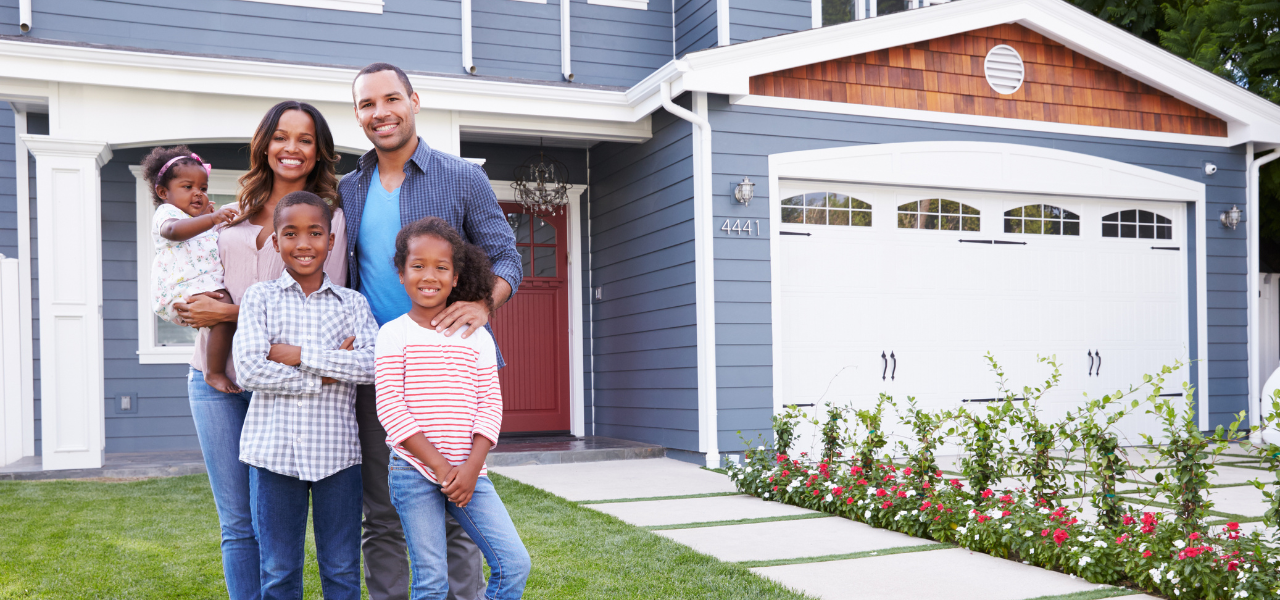
Personalizing Your Decision
The decision to build or buy is highly personal, influenced by unique life circumstances, aspirations, and long-term plans.
In the case of opting to build, the approach underscores a willingness to invest in quality of life, even if it means higher upfront costs and a longer timeline to realize positive value growth. The motivations extend beyond mere aesthetics or investment strategy; it's about tailoring a living space to fit specific lifestyle needs and family considerations. A buyer may have a desire for a home gym, theater room, or offices, and other specialized living spaces to maximize time efficiency and personal fulfillment. Or they may need to accommodate a family member with mobility challenges that necessitates thoughtful design choices like a full bath and a secondary master suite on the main floor, ensuring comfort and accessibility for all. These requirements can make finding an existing home matching their needs much more challenging. However, if a buyer needs to move into a home quickly, building will likely fall outside of their needed timeframe.
For newcomers to homeownership, savvy investors, and those with adaptable requirements for their living space, buying an existing home often emerges as the superior choice. Despite a tighter inventory in today’s market compared to previous years, the continual need for individuals to sell their homes for various reasons ensures a steady influx of properties available for sale. These homes offer the potential for personalization through updates such as fresh paint and new flooring, allowing buyers to mold the space to their tastes while adding value to their investment. Moreover, opting to purchase an existing property is frequently more cost-effective upfront and can serve as a stepping stone toward financial security.
Consider the case where buying a home serves as a cornerstone for financial security, especially for those at the onset of their real estate journey. The strategy of beginning with a modestly priced property, aiming to transition it into a rental unit, highlights a robust pathway to building wealth. This approach lays the groundwork for passive income generation and positions individuals to achieve substantial financial goals, such as saving for their future children’s college education. By advocating for an initial small investment that serves as a catalyst for greater aspirations, and emphasizing the importance of long-term financial well-being and asset growth, this method provides a strategic framework for attaining early financial independence and stability.
In any scenario, the underlying principle remains the same: view property through the lens of both immediate needs and future potential. Whether building a dream home tailored to specific desires and necessities or strategically purchasing with an eye towards investment, the journey towards homeownership is deeply personal and profoundly strategic, offering a pathway to financial growth and personal satisfaction.
Conclusion
In the end, it's clear that the decision to build or buy a home is largely influenced by a variety of factors, from personal lifestyle needs to financial considerations. For those living in Metro Detroit or moving to Metro Detroit, this guide aims to provide a comprehensive understanding of the current trends, challenges, and opportunities that define the local housing landscape. Whether you're looking to create a bespoke living space that caters to your unique requirements or seeking the charm and convenience of an existing home, the journey towards homeownership in Metro Detroit is filled with potential for growth, investment, and personal fulfillment. With the insights and strategies outlined in this article, you're now better prepared to navigate the complexities of the market, making informed decisions that will serve you and your family for years to come in the vibrant and ever-evolving Metro Detroit community.

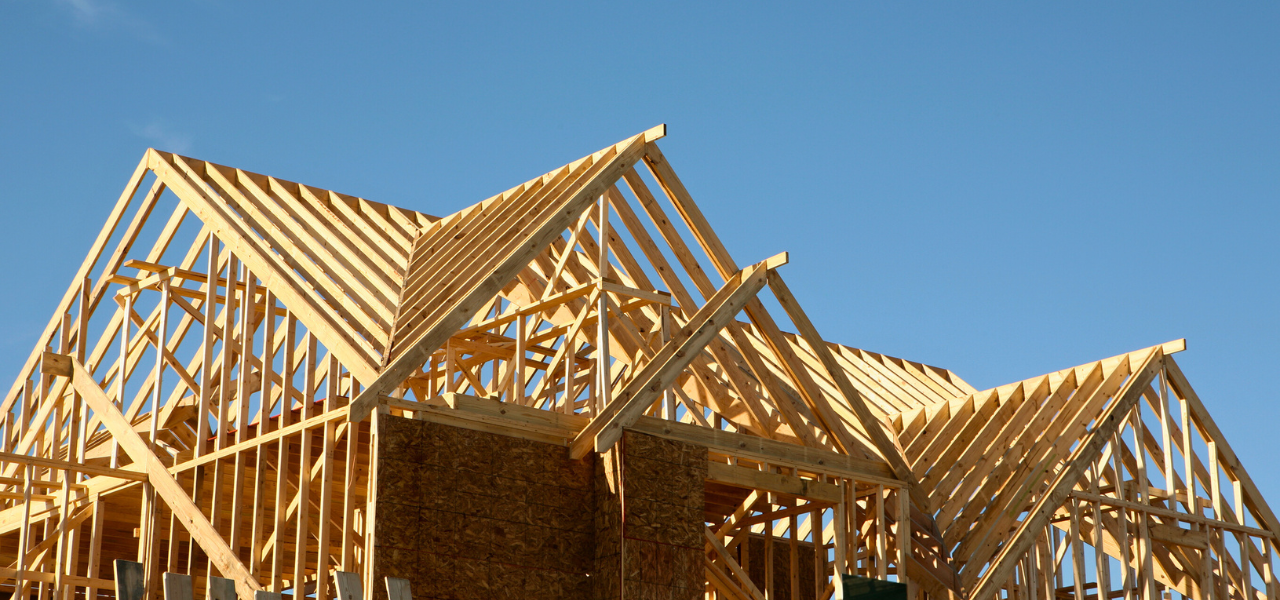

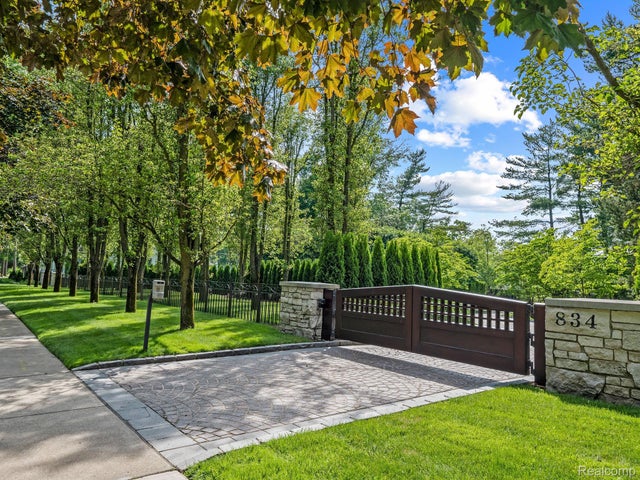


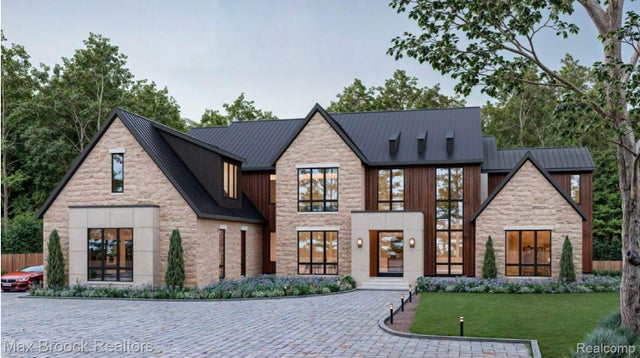
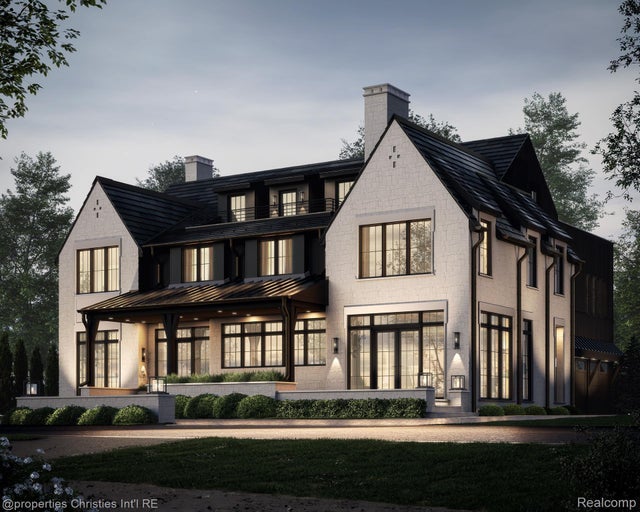

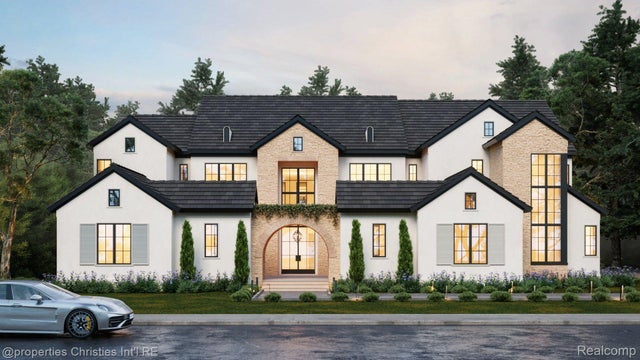

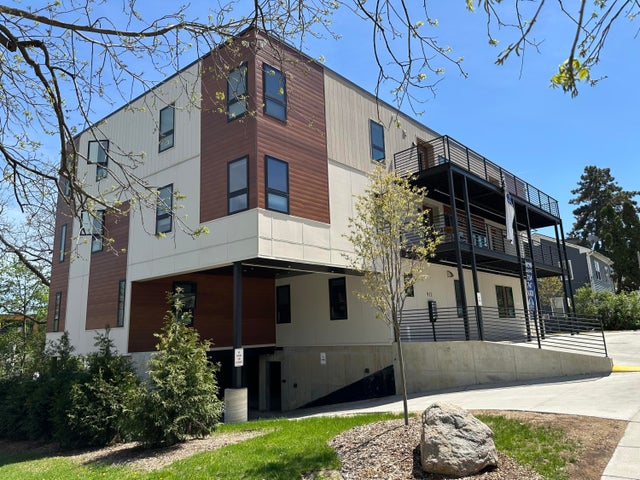




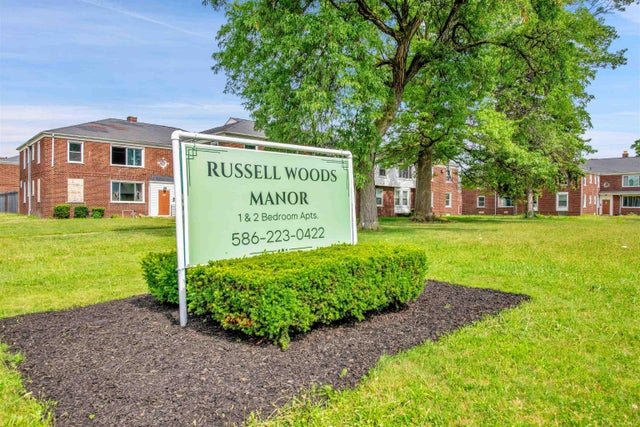


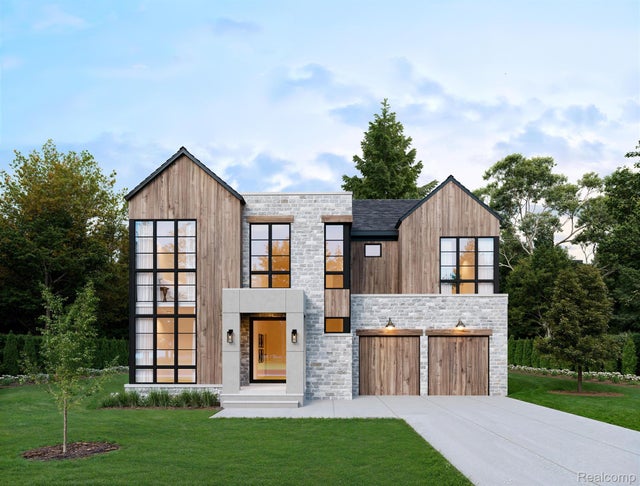
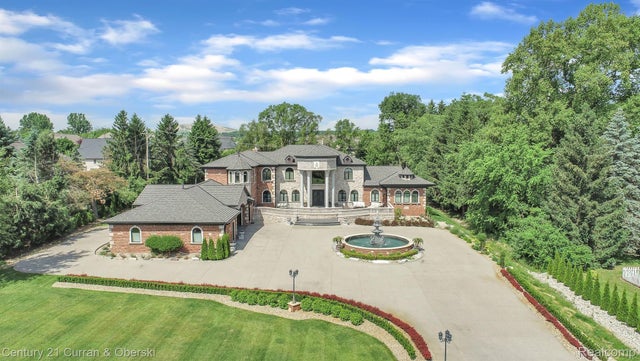
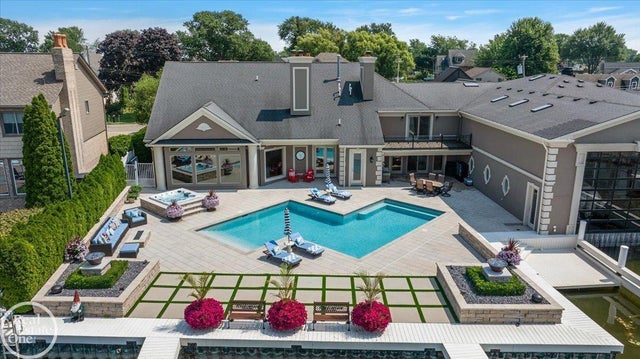
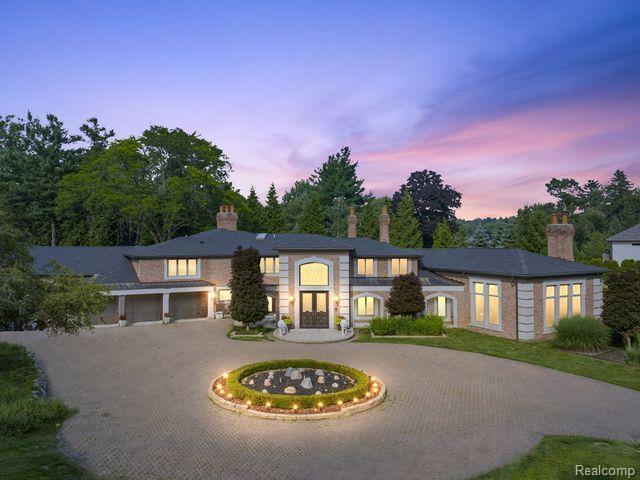



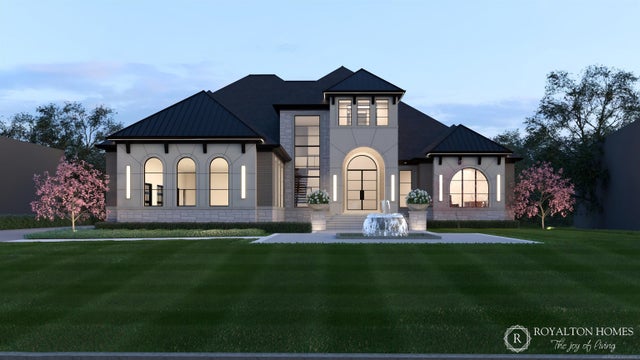
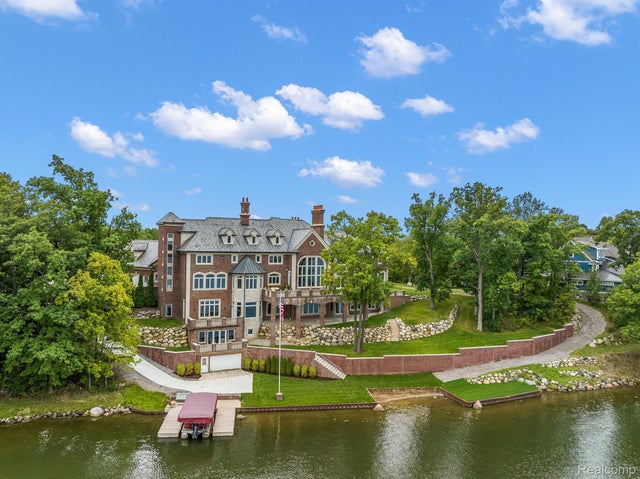


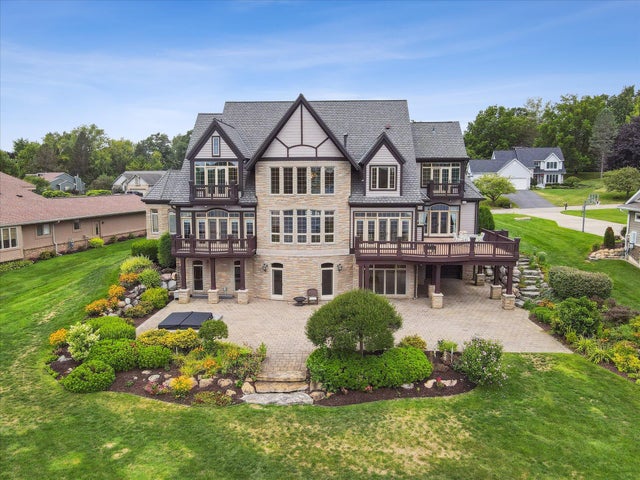
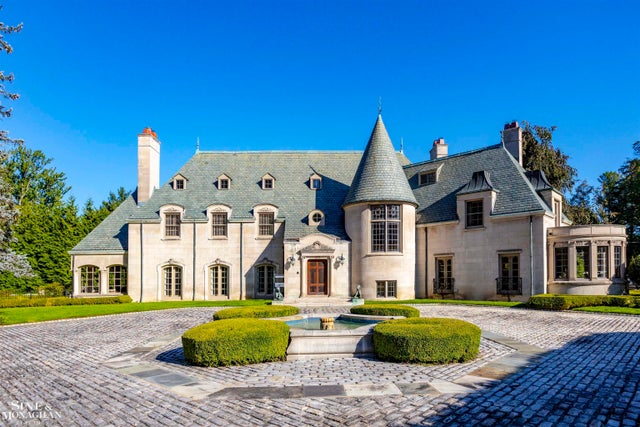
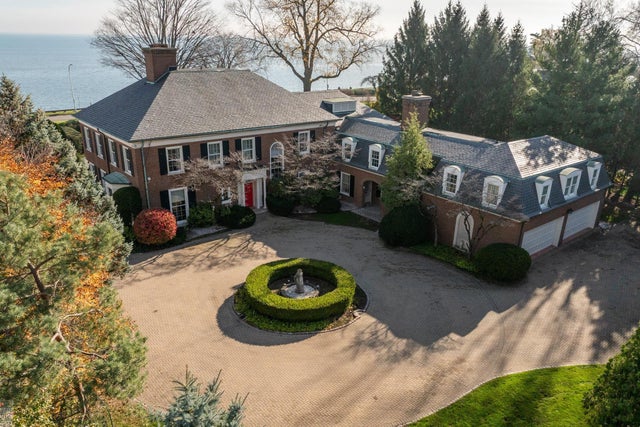
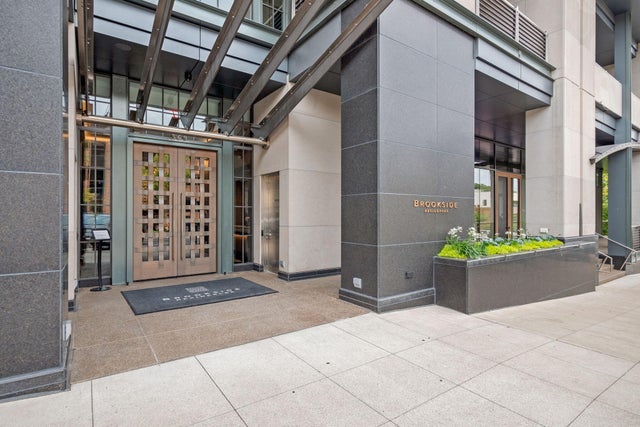
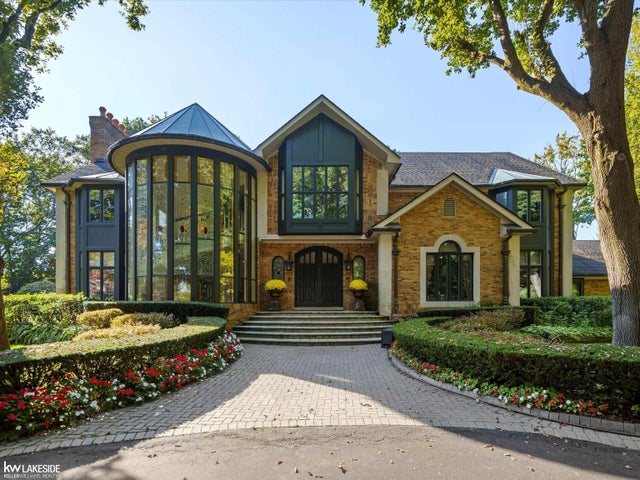

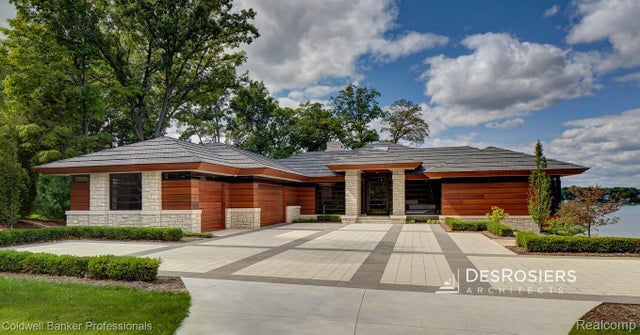


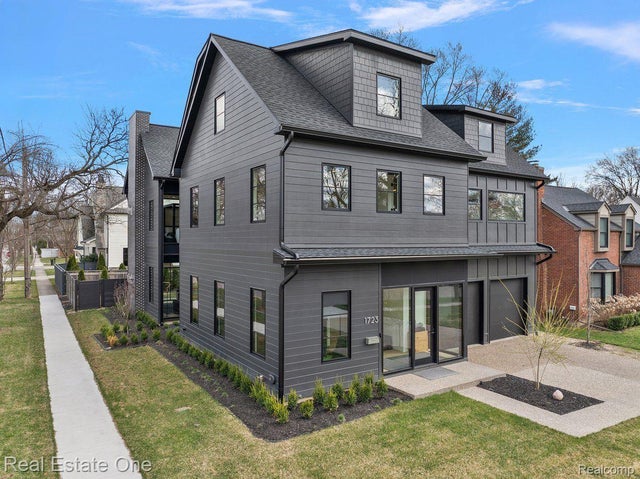
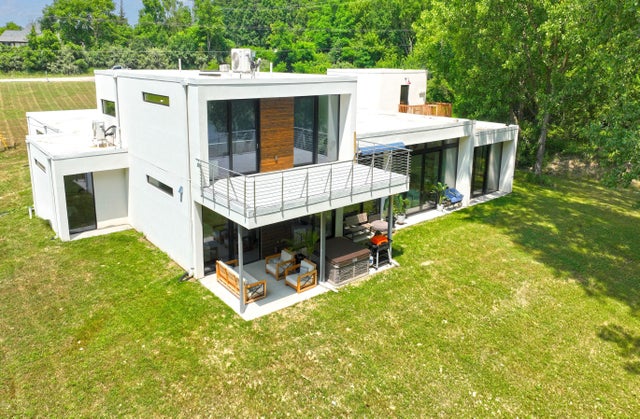

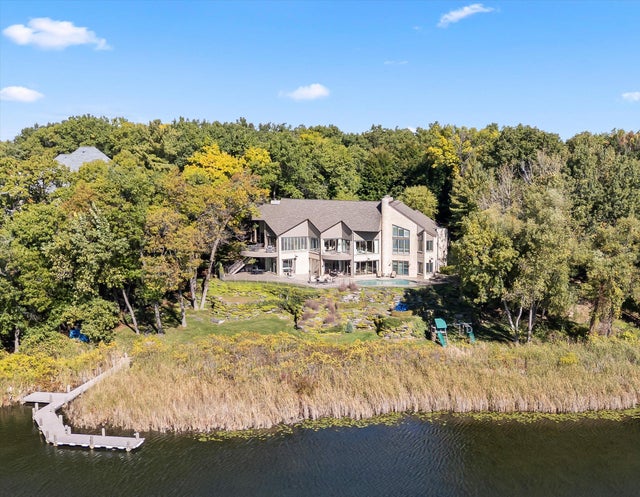

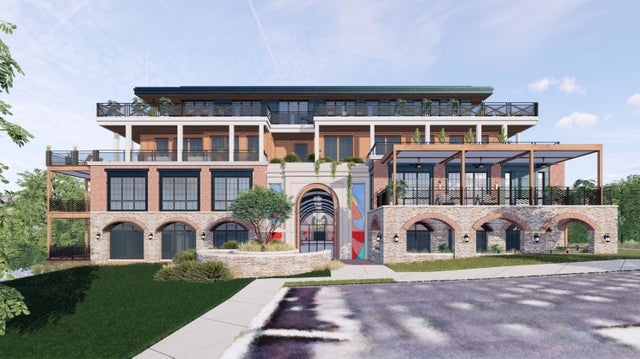


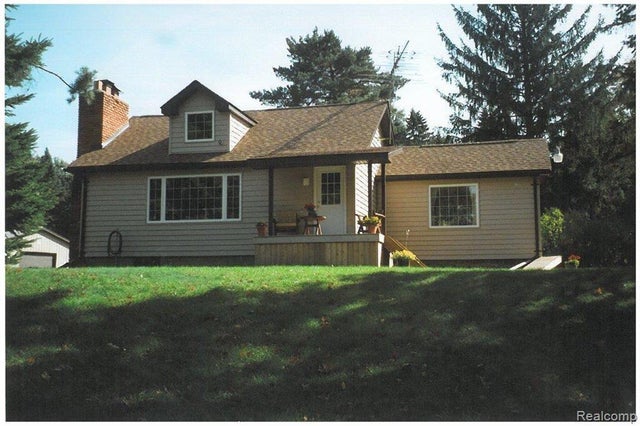
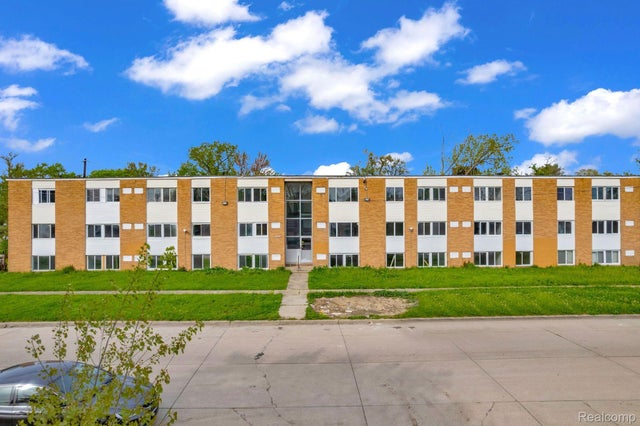
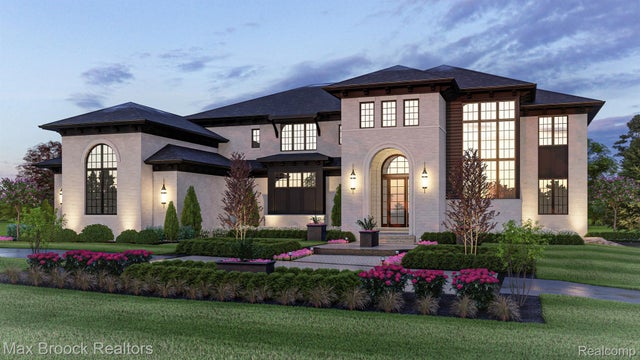
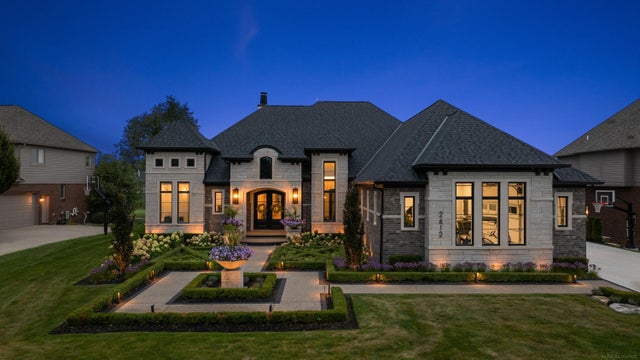
I absolutely love the convenience of controlling my lights with my phone. Smart home gadgets have truly revolutionized the way we interact with our living spaces. The ability to adjust lighting with a simple tap is just one example of the incredible benefits these devices offer.
Posted by tvaste constructions on Friday, August 2nd, 2024 at 2:26amLeave A Comment